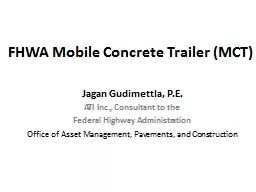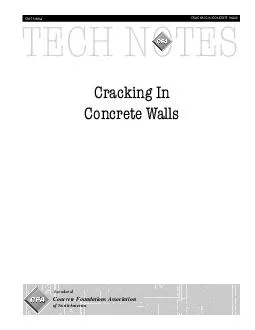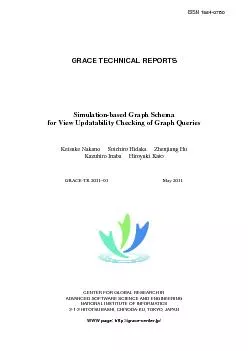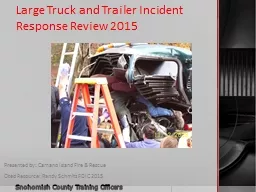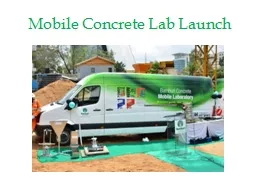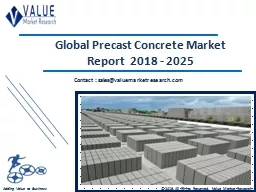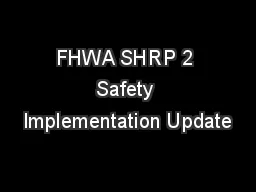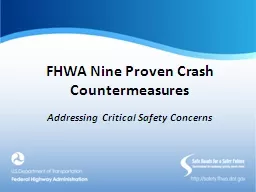PPT-FHWA Mobile Concrete Trailer (MCT)
Author : tatiana-dople | Published Date : 2018-02-28
Jagan Gudimettla PE ATI Inc Consultant to the Federal Highway Administration Office of Asset Management Pavements and Construction In early 80s FHWA saw technology
Presentation Embed Code
Download Presentation
Download Presentation The PPT/PDF document "FHWA Mobile Concrete Trailer (MCT)" is the property of its rightful owner. Permission is granted to download and print the materials on this website for personal, non-commercial use only, and to display it on your personal computer provided you do not modify the materials and that you retain all copyright notices contained in the materials. By downloading content from our website, you accept the terms of this agreement.
FHWA Mobile Concrete Trailer (MCT): Transcript
Download Rules Of Document
"FHWA Mobile Concrete Trailer (MCT)"The content belongs to its owner. You may download and print it for personal use, without modification, and keep all copyright notices. By downloading, you agree to these terms.
Related Documents

